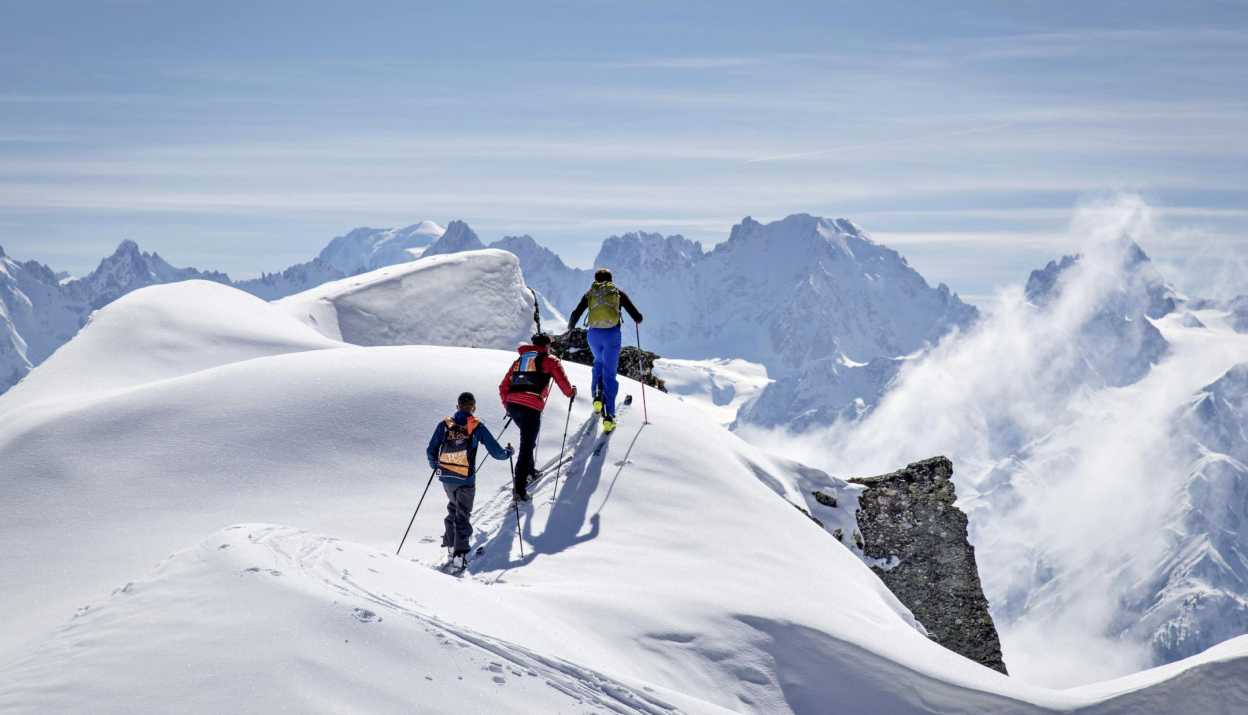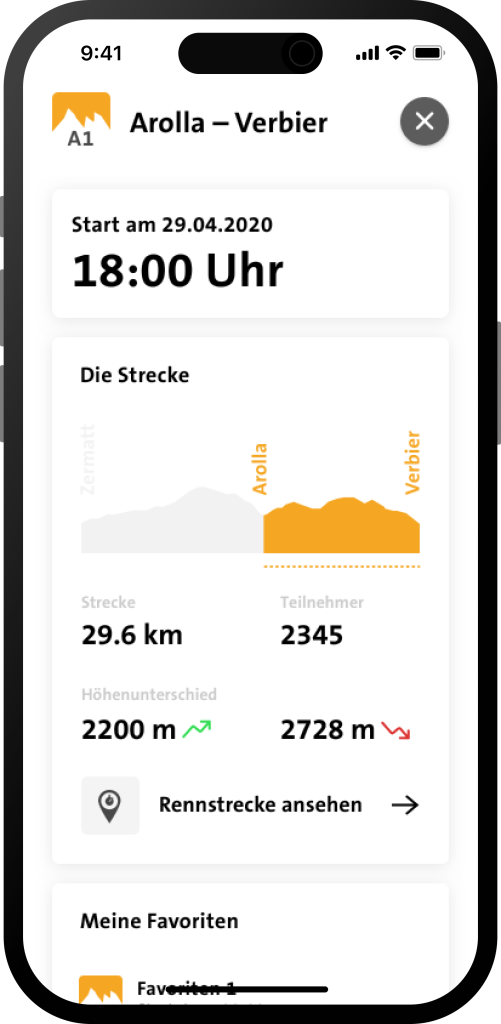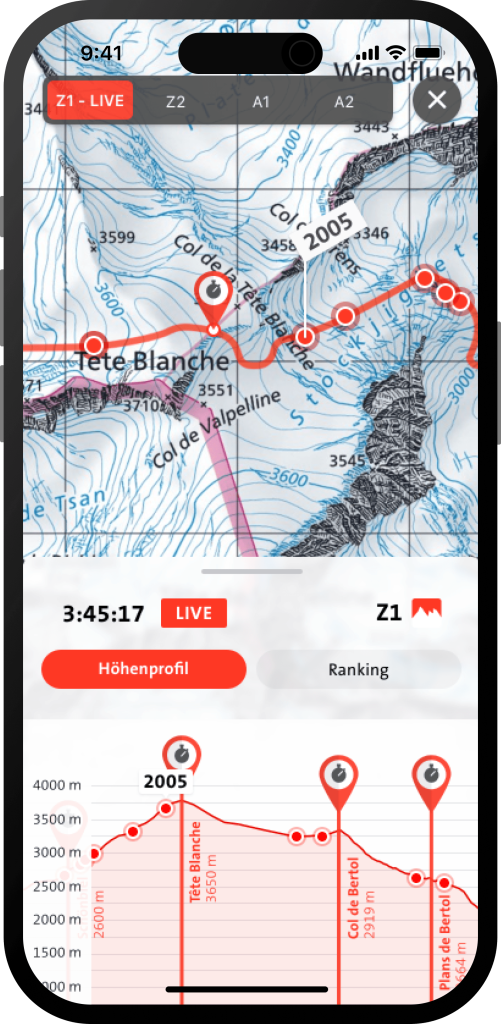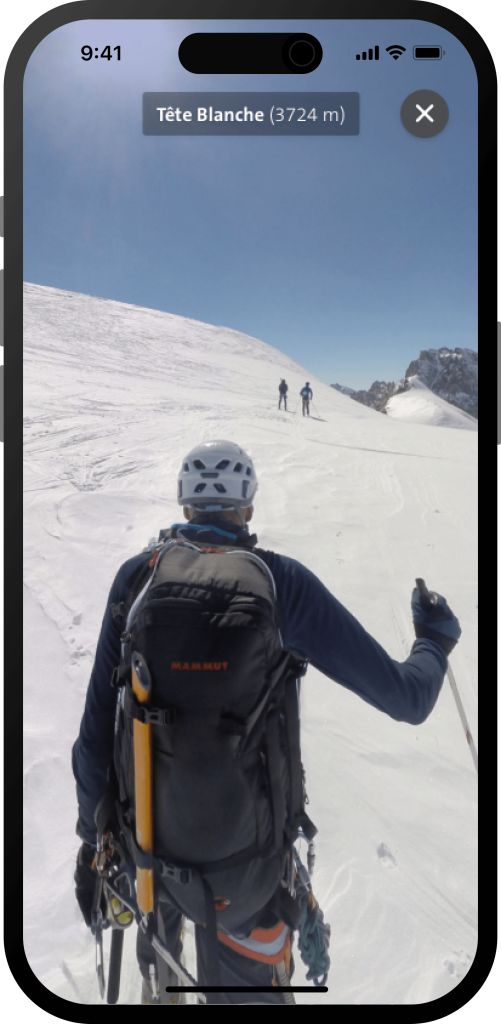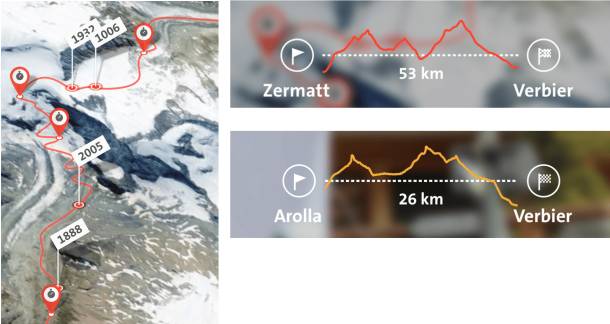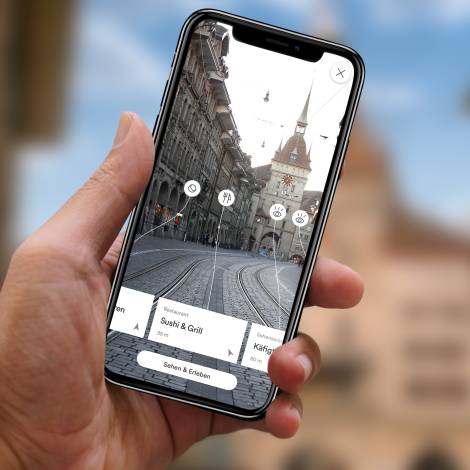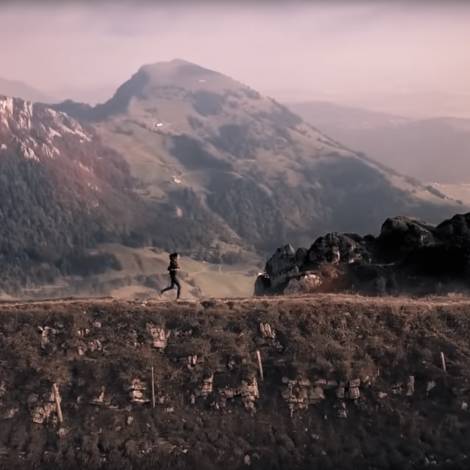Tradition and Hightech
The Patrouille des Glaciers, the toughest mountaineering race in the world, was originally initiated by the two captains Rodolphe Tissières and Roger Bonvin of the then Swiss Mountain Brigade 10. The patrol race served to test and increase the troop's operational capability as part of the pre-World War II mobilisation organisation. Since 1943, this race has been held every two years.

